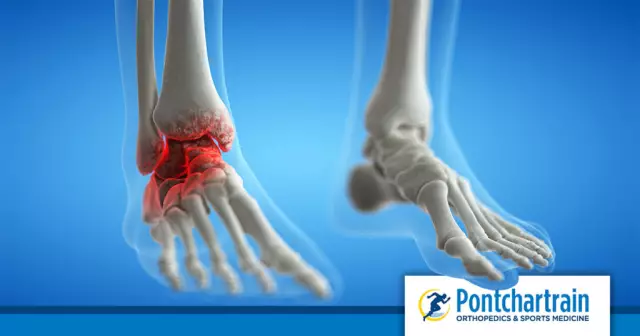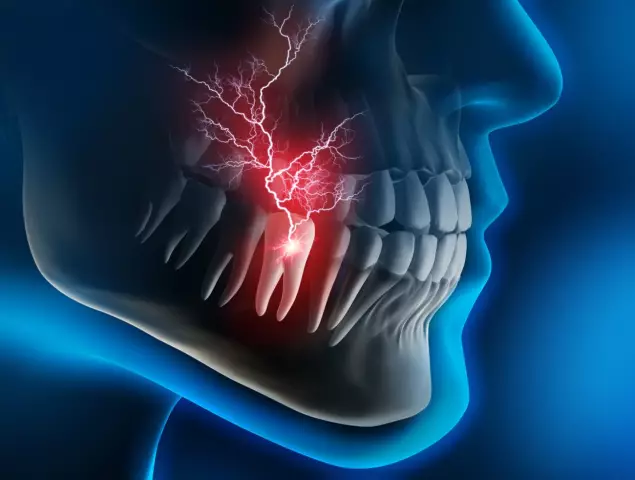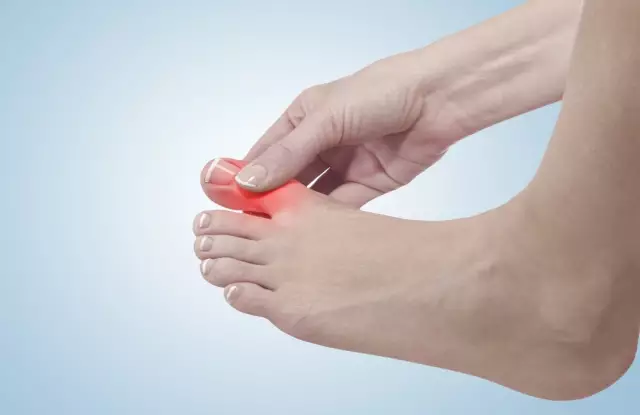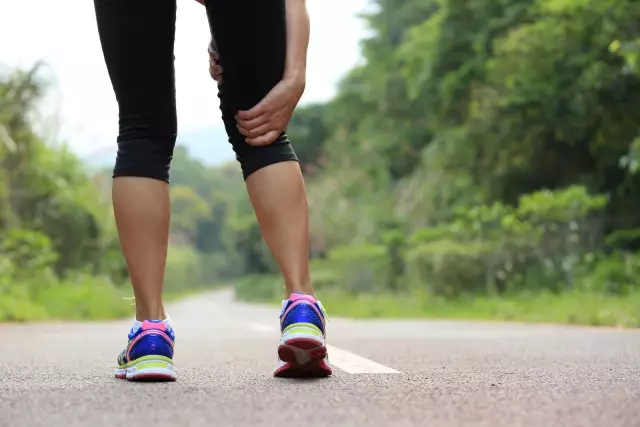- Author Rachel Wainwright [email protected].
- Public 2023-12-15 07:39.
- Last modified 2025-11-02 20:14.
Why does the foot hurt?
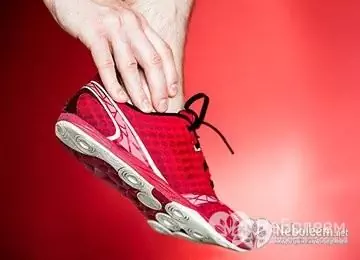
Any physical activity, first of all, is felt by the legs. Whatever a person does with his hands, even while in a sitting position, first of all, fatigue is felt in the legs. This is due to increased stress on the lower limbs. Quite often, the foot hurts in those people who are immobilized. Most of the time a person spends in an inactive state, is in a wheelchair, for example, but feels a pulling pain in the legs. Lack of exercise is just as detrimental to the legs as overwork. Irreversible atrophic processes occur in the muscles, so the foot hurts without movement.
Almost all clinical cases when patients complain of similar pain sensations are acquired in nature.
To understand why the foot hurts, you need to know its structure. Pain sensations are perceived by the brain regardless of the location of the injury. Localization of pathological processes on the foot has several levels:
- Leather;
- Subcutaneous tissue;
- Fascia of the foot;
- Ligamentous apparatus;
- Muscles;
- Bone.
A person's foot hurts when any anatomical formation is affected, but the level of damage is determined by the nature of the pain. The connection between the appearance of pain and physical activity, or the absence of it, matters.
When the foot hurts when walking and at rest
With skin lesions of the foot, the pain increases when walking, and does not disappear at rest. Skin diseases lead to constant pain, regardless of the nature of the physical activity. In most cases, skin lesions are fungal in nature: candidiasis, onychomycosis, aspergillosis. The skin and nails are destroyed. In this case, pain is felt throughout the foot, and not in each finger individually.
The subcutaneous tissue in this area acts as a shock absorber. With impaired blood circulation, inflammatory and atrophic processes occur, which are sources of pain. Most often, the foot hurts in people with type 1 diabetes. In case of violation of nervous regulation and destruction of the vascular bed at the level of microcirculation, a diabetic foot is formed. Much less often, this pathology is observed in type 2 diabetes mellitus and metabolic syndrome, because the state of insulin resistance affects, first of all, vessels of a larger caliber in the initial form of gangrene.
The fascia of the foot is a stretched connective tissue strip from the heel to the joints of the toes. A kind of anatomical sole, which unites the ligamentous apparatus and regulates the load on the legs when walking. Inflammation of the plantar fascia is called fasciitis. With this syndrome, the foot hurts only during physical exertion, especially in the morning, when the legs have not yet "parted". Subsequently, the fascia is stretched, it becomes easier to walk. In this case, the lesions include bone pathology - the formation of a heel spur. It is a downward process on the heel bone. They called it a spur, not because horses are urged on, but because a person has a sore foot when walking, since a sharp bone process presses on the fascia with every step. An inflammatory focus forms in the pressure area, and the patient feels acute pain, such asas if stepping on a nail.
Traumatic foot pain
Dislocations, subluxations, bone fractures lead to intense pain. There are the following traumatic injuries to the feet:
- Dislocation of the joints of the feet, named after the authors who first described this pathology. Lisfranc dislocation: complete and incomplete passes exactly in the middle of the arch of the foot, in the places of attachment of the metatarsal and tarsal bones. A dislocation in the Chopard joint occurs in the area of the calcaneus and talus articulation. Both conditions are a medical emergency;
- Ankle injury. The most common injury in which pain is felt at the site of the injury. People call it “twisted my leg”. There are cases of chronic dislocation due to weak ligaments. Most often, the pathology develops in overweight people.
Why do feet hurt with common diseases
Systemic connective tissue diseases also lead to pain in the feet, both when walking and at rest. The foot consists of 26 bones, and each has an articular surface, in addition, it is equipped with ligaments. All additional supports are composed of connective tissue: both cartilage and ligaments. That is why the feet hurt in inflammatory diseases of the connective tissue system, such as:
- Rheumatism;
- Rheumatoid arthritis;
- Systemic lupus erythematosus;
- Periarteritis nodosa;
- Scleroderma.
A similar situation develops with lesions of bone tissue associated with impaired calcium metabolism. It becomes clear why the feet hurt with bone pathology. All 26 elements that make up a person's foot hurt. This happens with the following diseases:
- Rachytic lesions in childhood;
- Senile osteoporosis, including postmenopausal;
- With a lack of vitamins.
The patient's foot hurts not only when walking, but also without physical activity. At the same time, the legs in the lower leg area hurt, and pelvic pains are noted.
Systemic diseases include acute leukemia, in which the red bone marrow is damaged, which is present in almost all bone formations. Acute leukemia is a disease of childhood, so children complain that their foot hurts in the first place, since babies need to lead an active lifestyle, which is prevented by pain.
When the foot hurts in healthy people

Patients who do not suffer from diseases complain of pain in the feet. This manifests itself after long walking and during it. The cause of pain is flat feet. It is never congenital, but develops during life. Most often, in childhood and adolescence. It is especially important to pay attention to girls during adolescence. Shoes with high heels should not be worn until the completion of bone formation, that is, before the first period. At first, the foot hurts when walking, and then the pain becomes constant. A person's ability to work falls. In this regard, young men with pronounced flat feet are not subject to conscription. A soldier who develops foot pain should be treated prior to mobilization.
The most common cause of pain in healthy people is calluses and plantar flat warts.
Foot pain treatment
Therapeutic measures are determined by diagnostics. This is a survey, examination, palpation, additional research methods: X-ray examination and MRI. Using the method of magnetic-nuclear resonance, you can see the smallest damage to the structure of the bones and the ligamentous apparatus, while an X-ray examination will indicate only a gross pathology.
When foot pain develops, treatment is directed at addressing the cause. First of all, doctors strive to improve the general condition of the patient. Therapeutic measures are carried out for the underlying disease. For traumatic injuries, trauma surgeons provide assistance.
Found a mistake in the text? Select it and press Ctrl + Enter.



